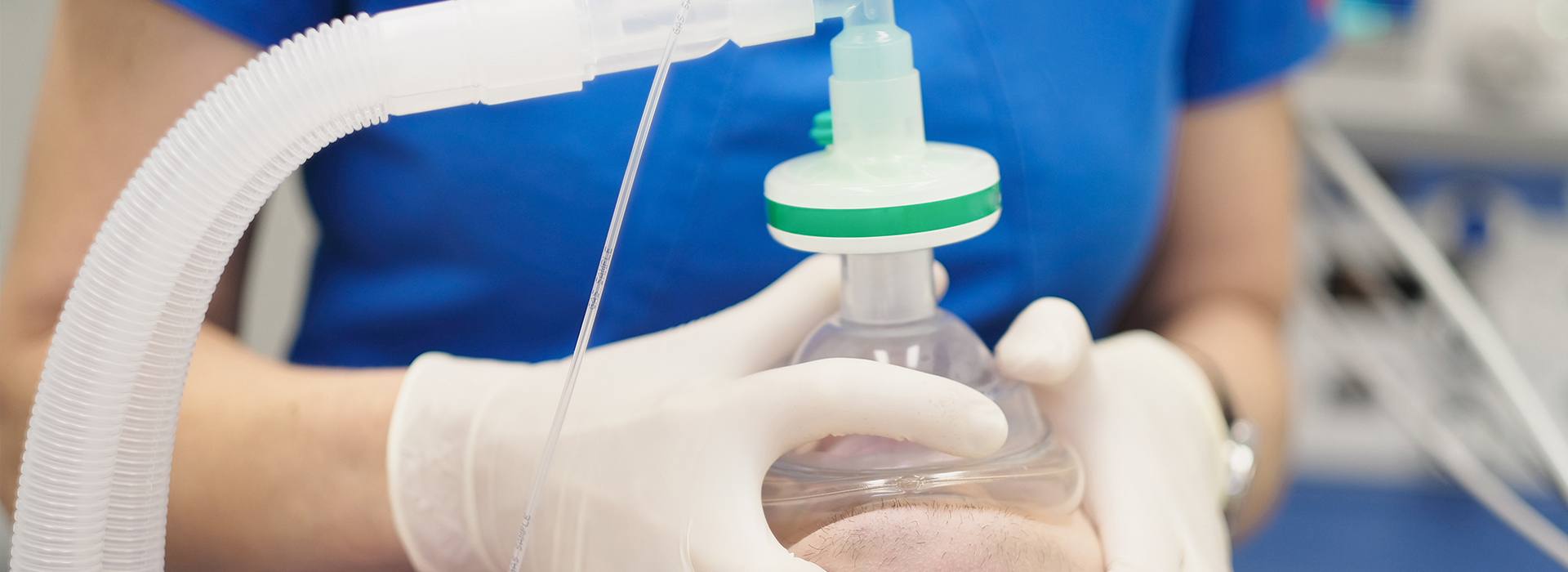
Oral sedation dentistry allows appropriately trained dentist to create a safe and comfortable dental experience for patients who avoid the dentist out of fear or who might have time restrictions.
Sedation dentistry works by making the patient as comfortable as possible using well established and proven protocols with a variety of sedation medications administered orally and sublingually (under the tongue). These protocols can be customized for the patient’s individual emotional and physical needs.
Sedative medication helps relax patients by slowing the action of the central nervous system. People remain aware of their surroundings, but are less responsive to external stimuli LIke the sound of the drill or the smell of materials.
This also reduces their sense of pain. Sedatives aren’t new; in fact, they date back thousands of years. Pain management is as old as medicine, and other ancient forms include alcohol, the mandrake root and opium poppies. The modern age of sedative medications began in the 1800s with the creation of bromides and chloral hydrate.
Today’s doctor draws upon a continually-expanding list of new sedatives to help lessen pain and dental anxiety. Current medications are often more powerful and less likely to carry unpleasant side effects. However, all medications differ, and none are appropriate for every patient. Some of the drugs take action quickly but rapidly fade in potency, while others last for hours. Doctors weigh a number of factors carefully to assess which drug will represent the safest choice in a unique situation for a particular individual.
Sedatives are given to patients a variety of ways, including by mouth, under the tongue, inhaled through the nose, via the rectum or intravenously (through the veins). The vast majority of those receiving sedation within a dental office will take the medication orally. In fact, millions of oral sedatives are prescribed by doctors every single day.
Most people feel calmer and more relaxed after taking sedative medication. But it’s important to understand that these drugs are used to produce sedation along a continuum, ranging from mild to moderate at one end and unconscious at the other. In the dental setting mild or moderate sedation almost always applies, with patients remaining alert and responsive, and able to answer questions. General anesthesia — where patients are actually asleep — is only provided in the hospital.
The number of patients who are afraid of the dentist ranges as high as 20 percent. For these individuals and many others sedative medication can make oral care easier to tolerate. When patients are comfortable — but still awake — the dentist and dental team are able to proceed more efficiently. Sedation dentists can often perform a number of procedures in a single appointment, without sacrificing either patient safety or clinical quality. Many people with hectic schedules find it very beneficial to receive necessary treatments in as little as one dental visit instead of multiple trips to the dentist.
The type of sedative or sedatives the dentist prescribes depends on the procedure being performed, the patient’s medical condition and any other drugs they take. In many cases doctors use a class of sedative medication called benzodiazepines. Examples of benzodiazepines include diazepam, lorazepam and triazolam.
Benzodiazepines were first developed in the 1960s, so scientists have had many decades during which to study them. In general the drugs are extremely safe and pose little risk of adverse reaction with other medications. Benzodiazepines are the most commonly prescribed sedatives used today.
No prescribed drug — for that matter no over-the-counter medication — is completely without risk. Some of the more powerful sedatives such as barbiturates pose the possibility of addiction along with a variety of unpleasant side effects. But the profile is very different for benzodiazepines like those used in sedation dentistry. These drugs are not addictive and do not carry many side effects.
In the case of any medication, however, caution is always advised. Patients may react differently. For this reason the dentist will ask a series of questions about overall health and other prescriptions in order to minimize the likelihood of any harm. It’s important to answer questions as accurately as possible to ensure a safe outcome.
Besides a careful history and possible consultation with the medical doctor, the dentist and clinical staff will monitor the patient throughout the procedure and ensure that they leave the office with a companion or escort.
In addition to creating a feeling of deep relaxation, sedative medication may produces other effects. Patients may feel the hours passed very quickly or otherwise retain little memory of their time in the dental office. Analgesic properties decrease any sensation of pain or discomfort. In very rare instances sedative medication reacts adversely with another drug the patient takes. That’s why it’s critical to receive sedation treatment from a dentist who has extensive training in sedation as well as all applicable licensing.
Most states require training and/or a permit for sedation dentists. Among the most respected sedation training comes from DOCS Education, which has helped over 17,000 dental professionals. Patients shouldn’t hesitate to ask doctors about their experience, training and the number of sedation cases they have performed.
Only a handful of states — for example Missouri and West Virginia — demand that dental teams also possess training in sedation care. There are very good reasons for this. Sedation teams are responsible for monitoring patient’s vital signs using equipment like a pulse oximeter with a blood pressure monitor. They can also recognize and respond to potential emergencies.
Call to find a sedation dentist near you: (888) 858-7972.
Your companion will bring you to the office. Additional medications will be provided to create the ultimate in relaxation. Your experienced sedation team will monitor you throughout your entire visit.
Appropriately trained dentists can perform a variety of protocols customized to your particular physiological and pharmacological needs. The medications are safe and have been used for decades. In fact, you’ve probably seen or heard some of their names before. Several have amnesic properties, meaning that you remember little to nothing of your time in the dental chair.
You may receive a prescription for a sedative to take the night before your first appointment to guarantee a good night’s sleep and to make sure you wake up relaxed.
Oral sedation is a popular treatment option for many people because it does not require the use of additional needles. Medications can be swallowed whole and/or crushed and administered by your dentist sublingually (under the tongue). Medications given sublingually are absorbed into the bloodstream quicker, so it is a preferred option by many dentists. Both methods are safe and effective.
The safety of sedation medications is measured by pharmacists and physicians on a scale called the therapeutic index. The larger the number is on the scale, the safer the drug. The sedation medications commonly used by dentists for oral sedation dentistry have the highest numbers possible on the therapeutic index, making them the least likely to cause an adverse reaction.
This is difficult for many anxious people, so we try to make this as easy as possible.
Simply call (or email) the office that you choose. The Sedation Team will answer any questions you have and ask you some simple questions to help ensure you get the care you want and deserve.
When you’re ready, you can schedule a time that works for you for your Welcoming visit.
This is when the Sedation Team will gather information regarding your health and discuss with you your wants and desires. If you’re comfortable, we’ll take x-rays and look in your mouth. But you will never be judged or embarrassed.
Knowledge about oral sedation treatment is not only powerful—it is empowering. It is important to talk to your dentist about your fears and concerns during your consultation before any dentistry is ever performed. Request information on your dentist’s training, credentials, and the protocols they will use prior to the appointment. It is critical that you provide your dentist with an updated health history including any medications you are on, including vitamins and supplements. Factors like smoking and alcohol consumption can alter the effectiveness of sedation medications, so be sure to tell your doctor about any habits you may have.
In addition to providing your dentist with a complete health history, you will need to choose a companion to drive you to and from your sedation appointment. You should not eat or drink six hours prior to your appointment unless otherwise directed by your dentist. Your health history can affect your before and after care plans, especially for diabetics and smokers, so make sure your dentist knows about any medical conditions you may have. For longer appointments, the remainder of the day should be taken off. For shorter appointments, only half a day may be necessary. Be sure to stay hydrated and drink lots of fluids. You should not drive or operate heavy machinery for 24 hours.
Most patients feel no discomfort or residual effects from the dental visit and you’ll be thrilled with all the compliments you will get.
